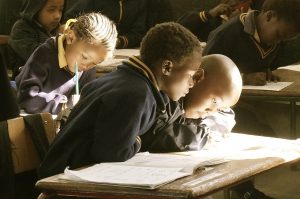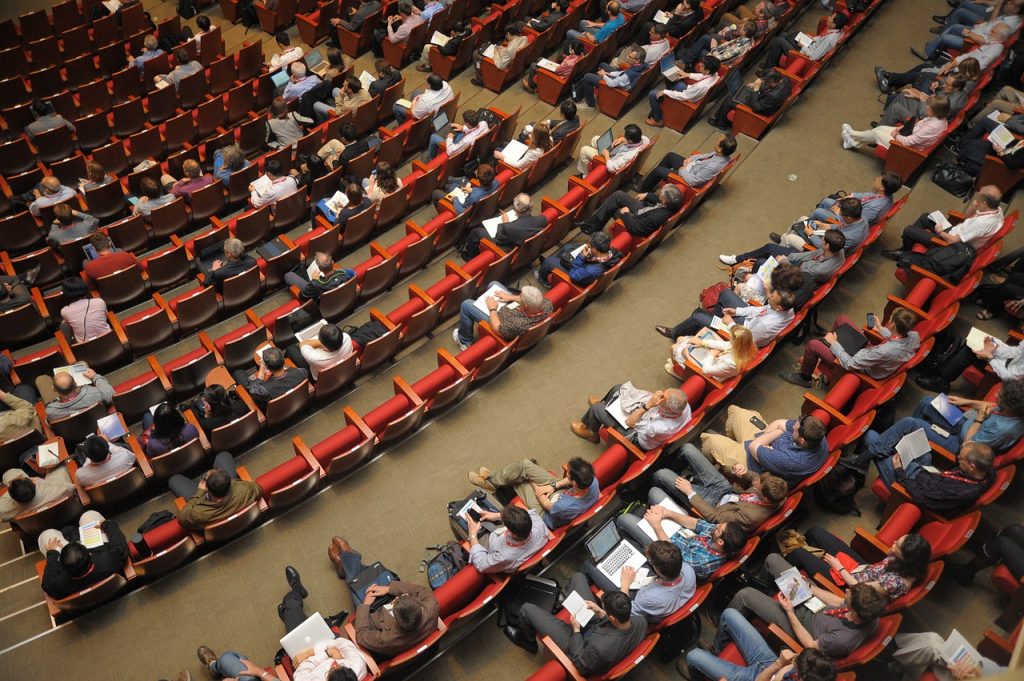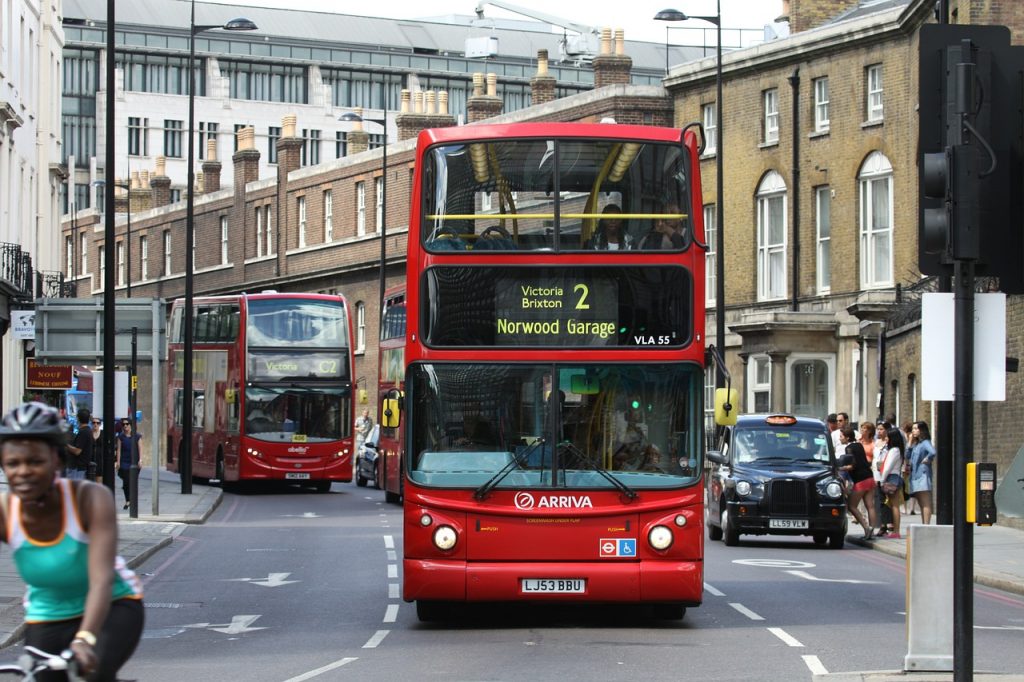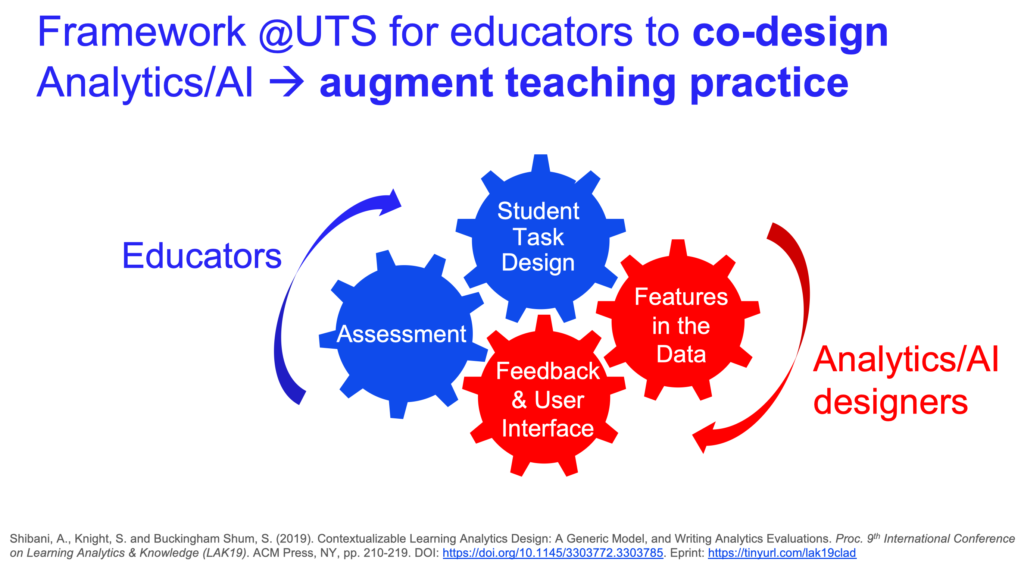Learning, education outcomes and socioeconomic class
 We have long known that educational outcomes are heavily influenced by social class. But little has been done to try to understand how social class affects learning. In that respect the article by Lien Pham on ‘How socioeconomic background makes a difference in education outcomes‘ is very welcome.
We have long known that educational outcomes are heavily influenced by social class. But little has been done to try to understand how social class affects learning. In that respect the article by Lien Pham on ‘How socioeconomic background makes a difference in education outcomes‘ is very welcome.
Pham notes that although “PISA publishes its PISA context assessment framework to supplement its regular international PISA testing of reading, maths and science”, ” these are just snapshots rather than an analysis of the impact of students’ background characteristics on their participation in these processes, or whether the educational system, schooling processes and classroom practices may favour certain groups over others” and “they do not help to shed light on how and why some students perform better than others.”
Pham says “In order to truly understand what is happening with inequality I believe we have to recognise the implicit social relationships and social structures in the schooling processes that position students in different vantage points.”
Pham goes on to look at what PISA says about students’ family backgrounds, student ethnicity and polices to improve educational inequality, adding his own comments and analysis. His overall conclusion is that reducing inequality neds more than just access to economic resources
We need to deeply understand students’ “real” opportunities within our systems of education. I believe we need to look more closely at what students can reasonably do (or not do) with those resources given their backgrounds and situations.
Resources are important, but just because a school has a wide variety of resources doesn’t mean all of its students will benefit from those equally.
I am arguing that policy attention to improve educational inequality should place student agency and diversity at the forefront, rather than focussing on resources with the assumption that all students will be able to access them in similar ways with similar outcomes.
You can read more in his paper: Capital and capabilities in education: Re-examining Australia’s 2015 PISA performance and context assessment framework




